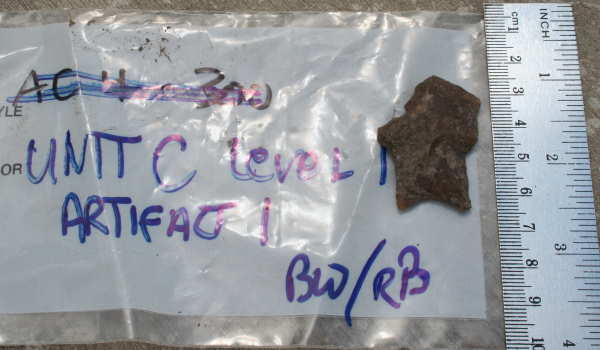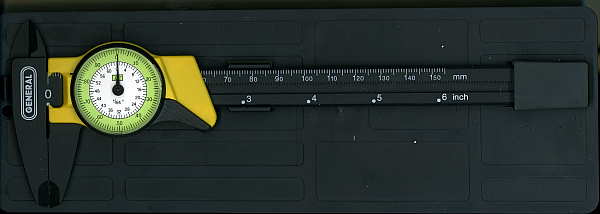|
|
 |
| As part of the lab process, all artifacts need to be measured and weighed.
Weighing is straight forward enough--- weigh each artifact, in grams, on a triple-beam balance. A used triple-beam balance can be found for under $25--- try eBay! Measurement of artifacts is done with a caliper (here shown in its protective case):  Photographic work is also needed to complete the process. Either use
a good camera to do the job, or try scanning your artifacts, with a ruler,
at at least 300 dpi. Most archaeologist use cameras for the job, but a
decent scanner can be had for under $100, while a good camera can cost
you in the thousands of dollars. If you use a camera, you'll need a tripod,
and preferably, a "light box" created for the purpose of shooting pictures
of objects. An inexpensive light box can be bought off of eBay for as little
as $50, including the lights! A ligth box is an extremely useful item to
own!
 Artifact and Unit/Level Summaries follow....... |